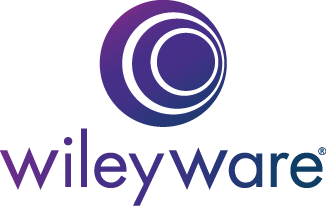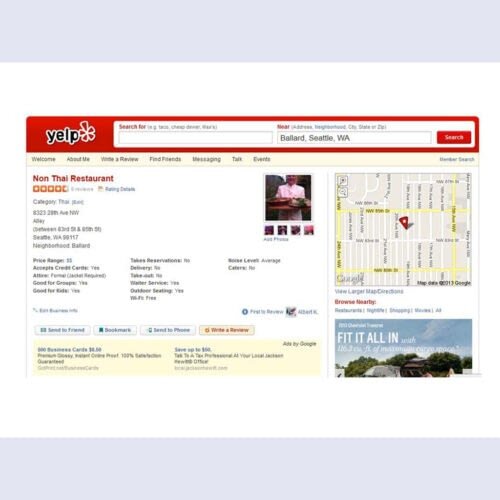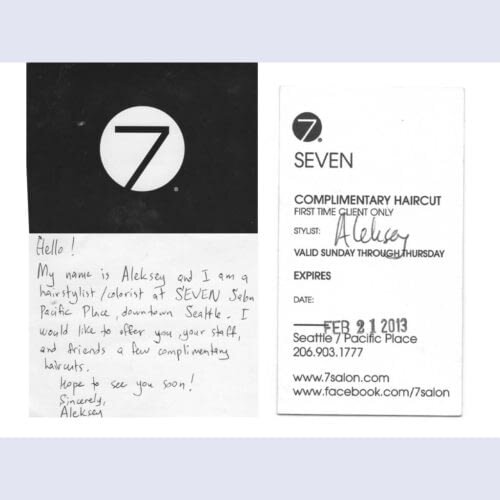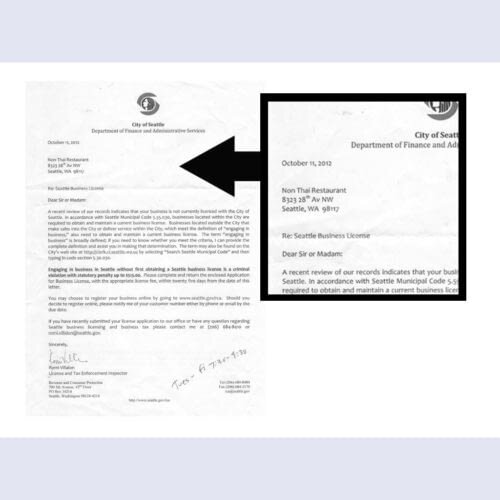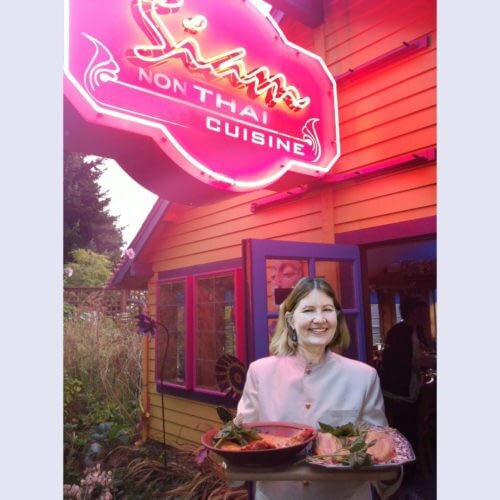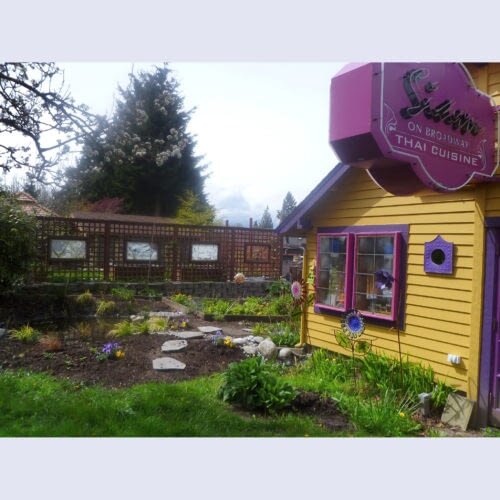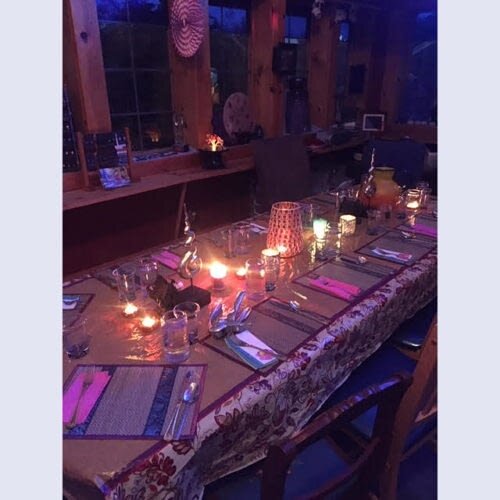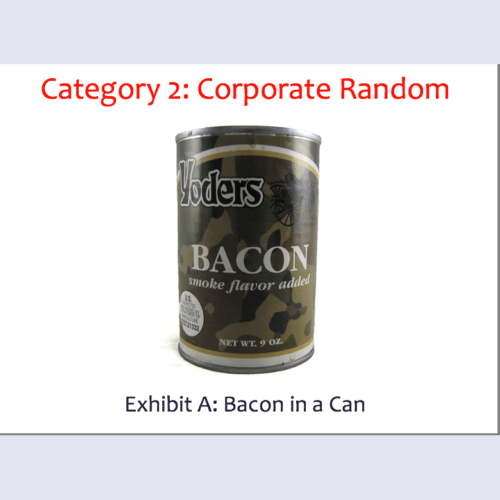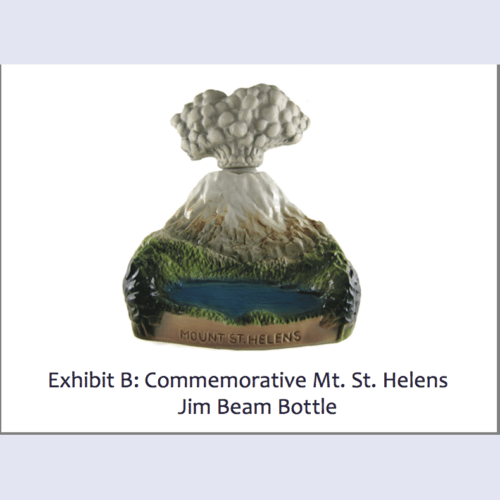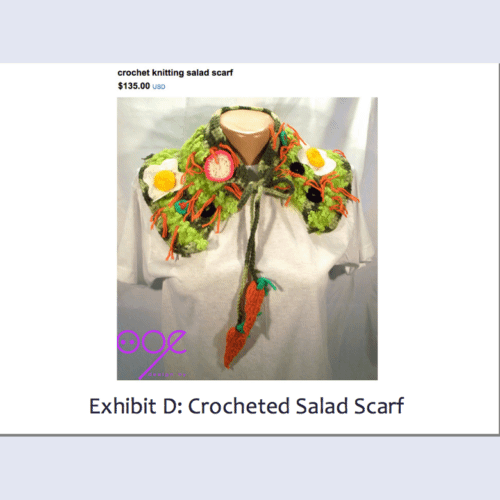Our beautiful planet is heating up due to the burning of fossil fuels. I find two parts of myself in conflict: the part that has a master’s degree (UMichigan School of Natural Resources) in watershed education and the artist who creates lasting objects whose production is based on burning fossil fuels. Honoring water, another limited resource, through my glassware is somewhat of a reconciliatory bridge between these two parts. And I am deeply concerned about the carbon footprint of my household and glassmaking business.
Household
The average carbon footprint (greenhouse gas emissions of carbon dioxide and methane) of Seattleites is 17.052 tons according to the EPA. My two person household emits around 11,116 tons. I’ve done the easy things to offset our emissions:
Insulating my house
Upgrading to energy efficient appliances (hot water on demand)
Purchasing a monthly ($15) one-ton carbon offset (12 tons a year) through our local utility, Puget Sound Energy
Three large trees and many plants on my property
Yet—our household reality is that we drive gasoline powered cars and most of our appliances run on gas. I love to travel and my son and I make an average of seven round-trip flights per year (an additional 7.1 tons, bringing my household total to 18,256 tons).
Wileyware
The carbon footprint of my glassware is harder to figure out directly. My guess is that producing 1,200 glasses a year has a carbon footprint of 5 – 7 tons. Greenhouse gases come from:
Continuous gas powered furnace and reheating chamber
Travel to and from rental space (24 trips, 720 miles)
The production and transport of raw materials (clear/dichroic glass), and water jet cutting of glass circles
Packaging and shipping of the glasses
In my view, most glassblowers have not done an honest assessment of their production footprint in a way that results in behavior change. Teaching institutions that could take the lead on this are not. Less damaging equipment choices are available (electric melt and vegetable oil powered furnaces) but require motivation to invest capital and reconfigure shop space.
I do not want the production of my pretty glassware to have a negative impact. I am reminded of the Hippocratic Oath that medical students take: “first, do no harm”.
In thinking about my situation, I plan to:
Build my own small glassblowing studio in 2022. I will use an electric (hydropower sourced) furnace that can be turned on and off. Transportation to and from a rental studio will be unnecessary.
Donate a portion of annual Wileyware sales ($16 per set, $4/glass) to support the work of the following organizations:
Alternative /Sustainable Energy Production (8th Fire Solar) https://8thfiresolar.org
This small native-run business produces high-quality, energy-efficient, solar thermal panels for heating homes and small businesses in cold regions.
Direct Carbon Capture (Climeworks) climeworks.com
Climeworks develops, builds, and operates direct air capture machines to remove carbon dioxide directly from the air. The air-captured carbon dioxide can either be recycled and used as a raw material, or completely removed from the air by safely storing it.
Restoration of Wetlands (Restore America’s Estuaries) https://estuaries.org/bluecarbon
Coastal wetlands capture carbon at rates 2-4 x greater than forests on a per area basis. Wetland protection and restoration are vital to reducing the impact of climate change.
Habitat Restoration (Earth Corps Seattle) https://www.earthcorps.org
Corps members (ages 18 – 28) learn leadership skills by working collaboratively, leading community volunteers, and executing technical restoration projects along shorelines, trails, and in forests to improve the health of the Puget Sound region.
After the yearlong program, these young leaders leave with the tools and skills to tackle the pressing issues of our time—including climate change, pollution, and ecological degradation—to create a better world for all of us.
